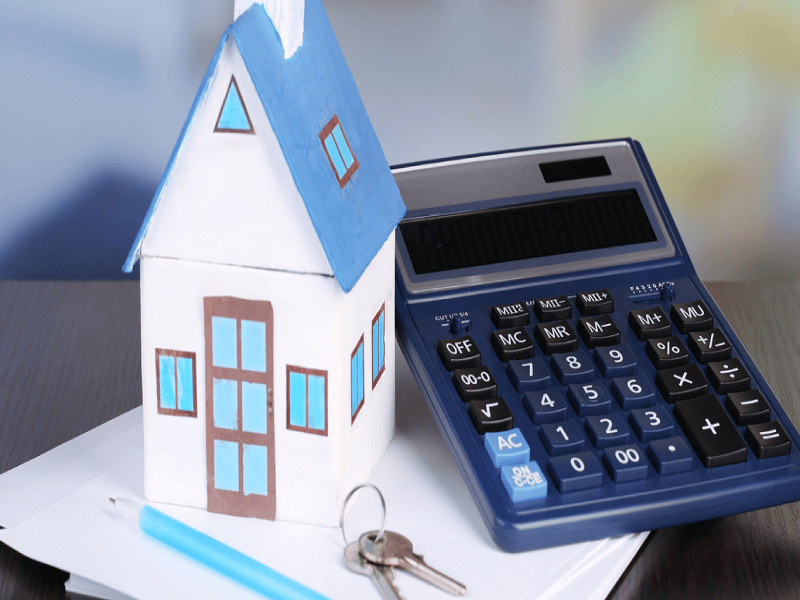


When you decide to buy a residential property, you are inevitably bombarded with a lot of technical jargon that can seem like Greek to your layman’s ears. It is important for you to familiarise yourself with these terms before you make a decision on what property you are going to buy so that you do not end up making a mistake. The most common terms you will hear are built-up area and super built-up area. These may sound similar and complicated, but here is the real difference between built-up area and super built-up area.
Built-up area – This value is the total area of the carpet area (the wall-to-wall distance in a home that makes up the net usable area of the floor of the home) with the wall thickness. This also includes the home’s balcony or terrace area and usually makes up about 70-80% of the super built-up area of the home. In other words, the built-up area can be calculated by adding an additional 10-15% of space to the home’s carpet area. Simply put, built-up area of a home is the carpet area plus the area of the walls plus the area of the balcony/terrace.
Super built-up area – This value is the total of home’s built-up area plus the common areas like elevators, lobbies, staircases, etc. These common areas include all the amenities that the builder provides in the development. Often, properties are priced based on the super built-up area, which is referred to as “saleable area.” Sometimes, depending on the builder, the price of a property will depend on the loading factor. The loading factor is nearly 25-30% of the total saleable area. The loading factor is the difference between the carpet area and the super built-up area of an apartment. The loading factor was developed to enable the developer to recover the cost of the amenities provided as well the common aeras of the project.
| Enquiry Now |